Mottainai is a Japanese expression that conveys regret over something being carelessly wasted—whether it’s resources, time, or even potential. This mindset is deeply ingrained in the culture here, as Japan, like many island nations, has limited natural resources.
In the city of Unnan in Shimane Prefecture, the spirit of mottainai is reflected in how locals care for their cherished sakura trees. Volunteers from the Sakura Mori group have found creative ways to ensure nothing goes to waste—from using tree clippings to make natural dyes, to preserving fallen blossoms as salted sakura, a type of tsukemono (Japanese pickle).
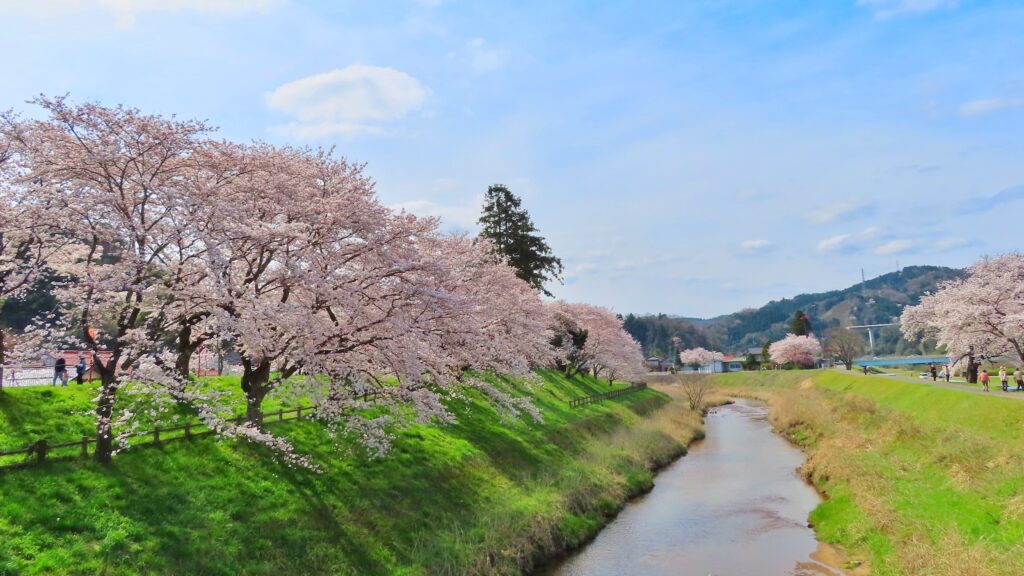
Salted sakura: A versatile ingredient used in everything from tea to ice cream
Once the blooming season ends, volunteers collect the fallen flowers to make salted cherry blossoms. The petals are carefully washed, dried, and soaked in a salt and vinegar mixture before being meticulously arranged and laid out to dry once more. The salt not only preserves the delicate blossoms but also enhances their floral aroma. Salted sakura are used in many ways—most commonly in sakura tea, a drink traditionally served at special occasions like weddings and school entrance ceremonies. They also add a festive touch to celebratory sweets, can be mixed into rice balls, and even blended into ice cream for a subtly salty, floral treat.
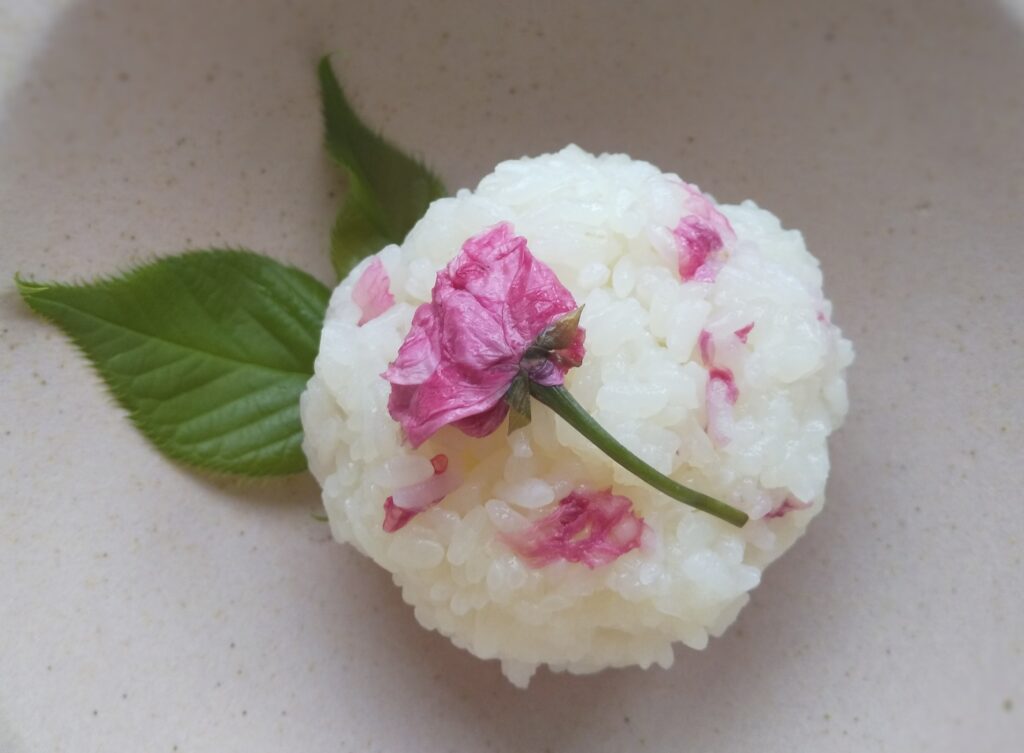
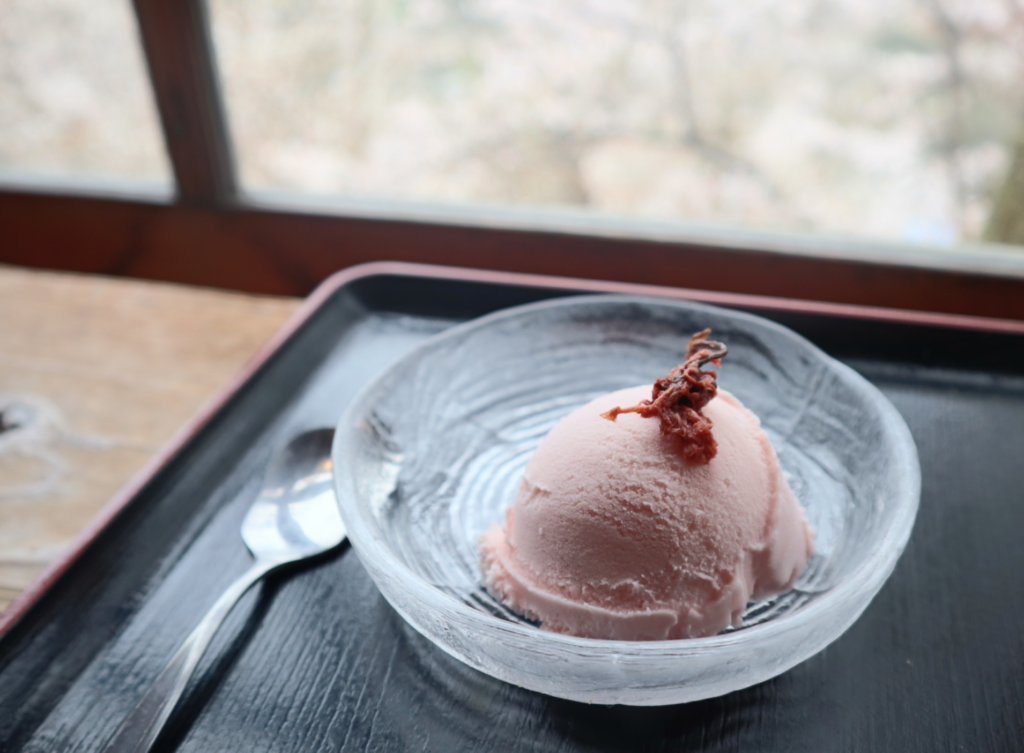
Konohana Kobo: Crafting sakura’s fleeting beauty into timeless dyes
Around 2010, to help revitalize the region and draw attention to Unnan’s cherished sakura trees, resident Yasuko Ago opened Konohana Kobo. At her shop, she created a unique dye from branches and bark collected from the sakura trees, using it to craft luxurious scarves and other dyed goods. Her aim was to allow people to enjoy the beauty of the trees year-round. I was lucky enough to participate in one of her dyeing workshops, where I made a one-of-a-kind handkerchief and sampled a variety of sakura-flavored sweets while learning about the dyeing process.
The color of the dye varies depending on several factors, including the part of the tree used and the time of year it’s harvested. Branches collected before the sakura bloom yield a soft pink dye, while those gathered after flowering produce a warm orange hue. Dye from the tree’s trunk results in a gentle gray tone. Together, these colors capture, in a way, the natural palette of the sakura’s life cycle.
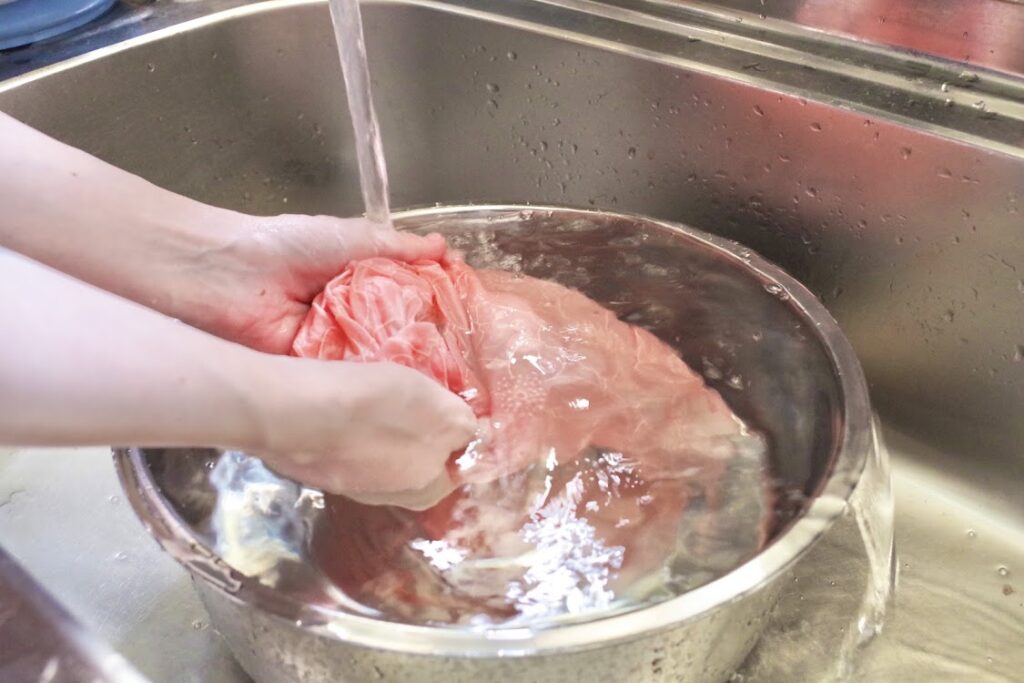
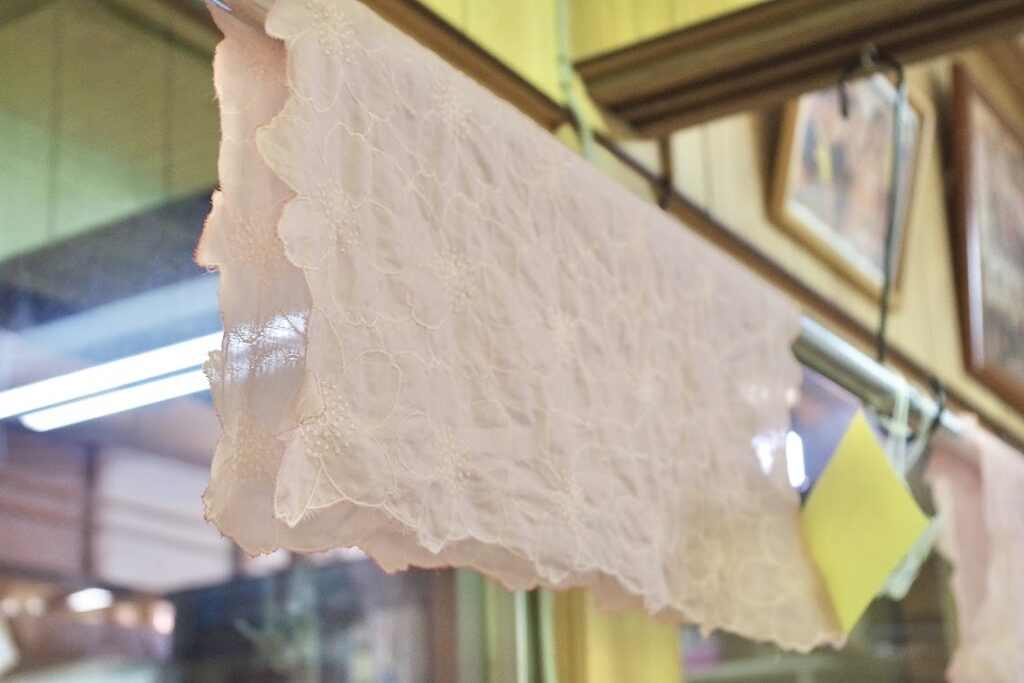
After Konohana: Navigating an aging Japan and changing regulations
While Konohana Kobo was a beloved part of the community for many years, it sadly closed in 2023 following the owner’s retirement. In the past, shops like these were often passed down through generations, run by the same families for decades—or even centuries. But as Japan has modernized, fewer people are choosing to take over family businesses, opting instead to move to larger cities in search of more stable or lucrative careers. As a result, traditional crafts and the artisans who practice them are becoming increasingly rare. My visit to Konohana Kobo left a lasting impression and made me reflect on what can be done to preserve these fading traditions as Japan continues to age.
The residents of Unnan have been grappling with this challenge for years. As the local population continues to age, the community is actively seeking ways to preserve its cultural heritage while also attracting younger generations. The work of Sakura Mori plays an essential role—not only in keeping the sakura trees healthy and vibrant each year, but also in bringing together people of all ages. Although Konohana Kobo closed its doors in 2023, members of the region’s revitalization committee are dedicated to continuing the annual tradition of making salted cherry blossoms. However, that effort recently faced a new obstacle: a revision to a national food safety law that threatened to disrupt their established production methods.
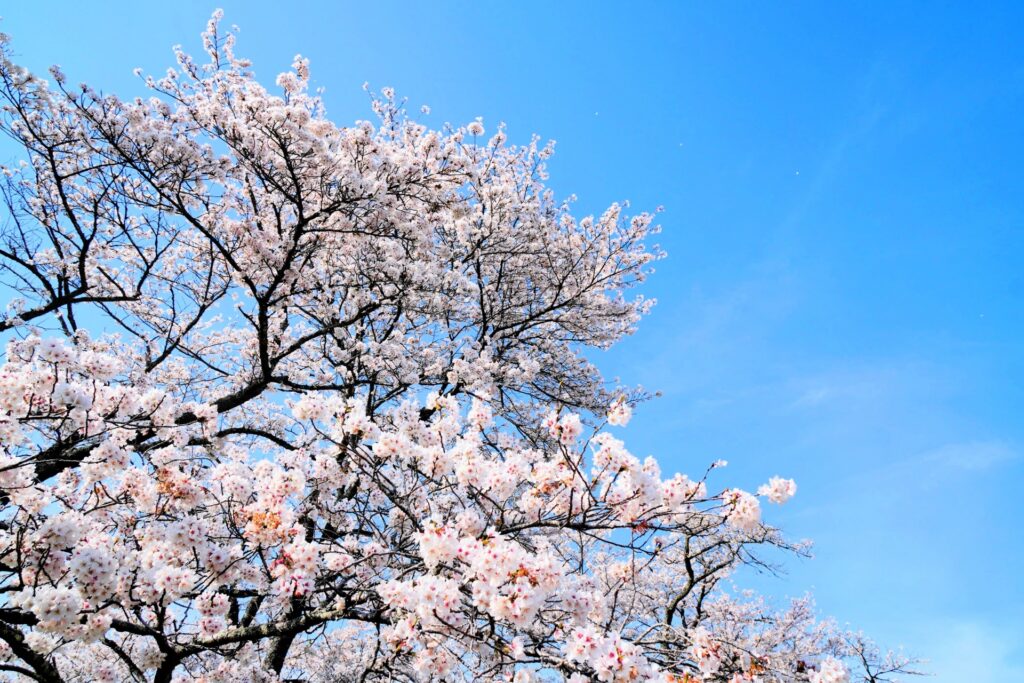
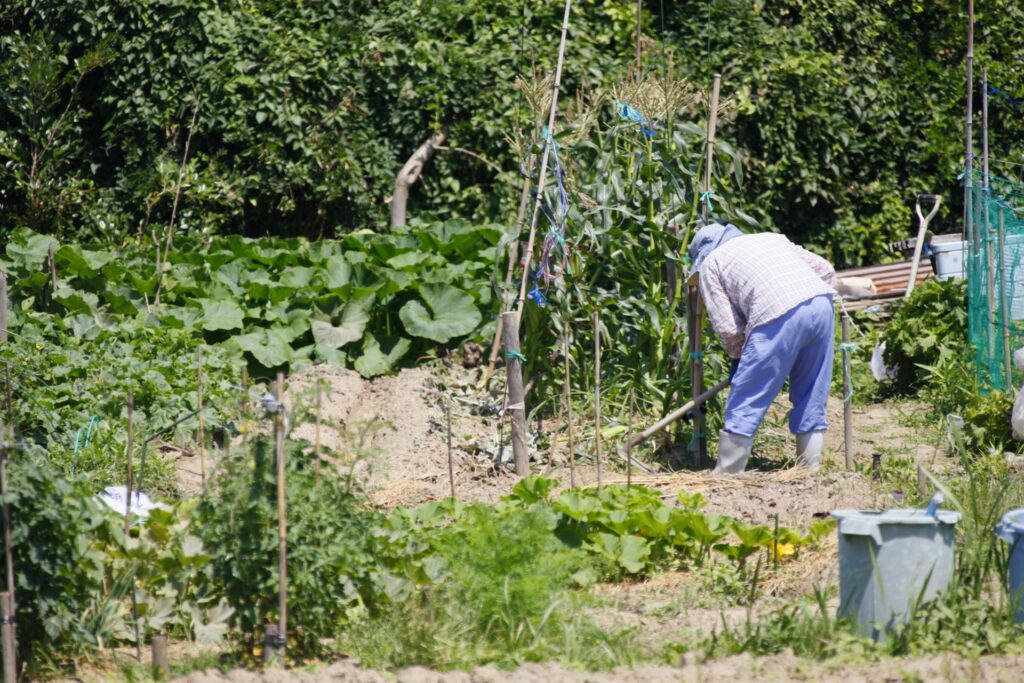
From setback to solidarity: Crowdfunding a future for Unnan’s cherished sakura tradition
In 2021, revisions to Japan’s Food Sanitation Act introduced stricter regulations for tsukemono (pickled food) producers, giving them a three-year grace period to obtain a new business license. The updated law also required costly renovations to existing facilities in order to meet new hygiene standards—something many small-scale producers simply couldn’t afford. As a result, numerous locally owned tsukemono businesses were forced to shut down. In Unnan, the revised law rendered the previous facility for making salted cherry blossoms unusable, halting production until a new, compliant space could be built. Refusing to let the tradition fade away, residents are now crowdfunding to construct a new facility that will serve both as a production site and a community gathering space.

How you can help
If you would like to help preserve this beautiful tradition for future generations, please consider supporting the local crowdfunding campaign. Donations are open until May 31, 2025. To learn more or contribute, click the “Donate now” button below.
